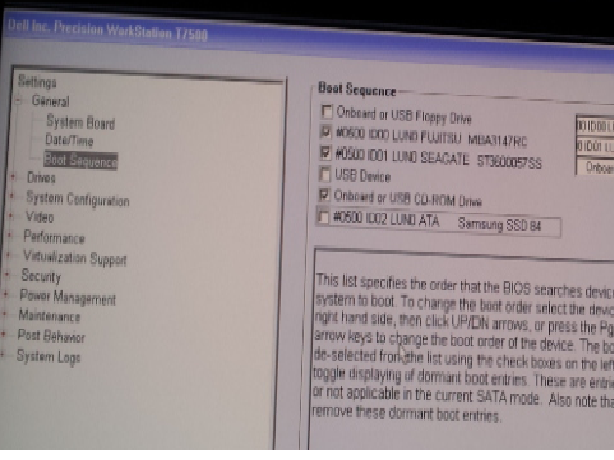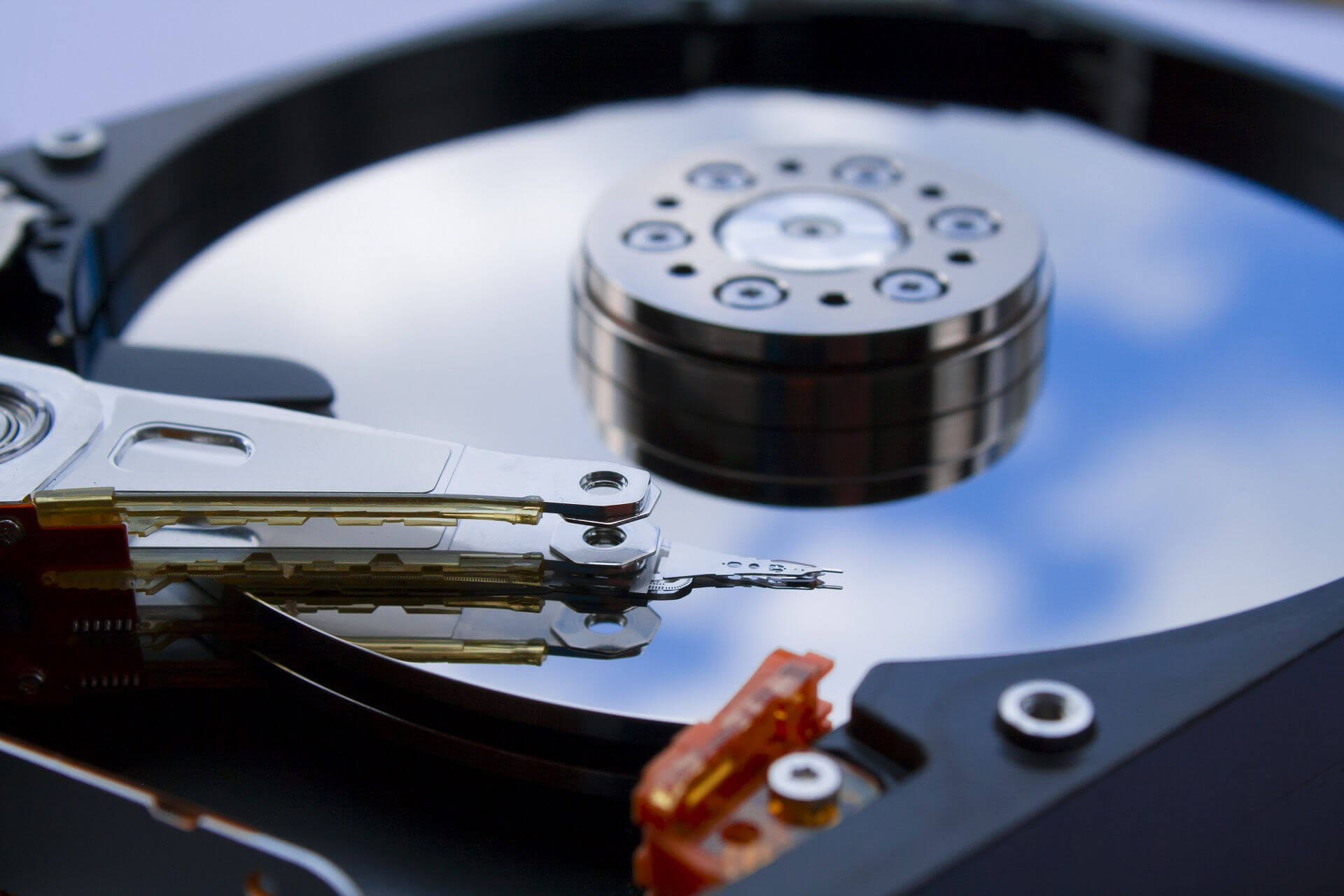


The exact steps to do this vary depending on your BIOS – to get a detailed description of the process, search for your motherboard’s manual (or your laptop’s manual if you’re working with a laptop). If the CD or floppy drive is not set to boot first, then you will need to access your BIOS’s boot menu, or the setup menu.

In many cases, especially with floppy disks, this is done by default. To boot PLoP, you will need to have your CD or floppy drive boot with higher precedence than your hard drive. Press the Write button to write PLoP boot manager to your floppy disk. Select your floppy drive, then click on the “…” button and browse to plpbt.img. We aren’t fortunate enough to have a floppy drive installed, but if you do it should be listed in the Floppy drive drop-down box. To do this, we’ll use a freeware utility called RawWrite for Windows. If your computer is old enough to still have a floppy drive, then you will need to put the contents of the plpbt.img image file found in PLoP’s zip file on a floppy disk.


 0 kommentar(er)
0 kommentar(er)
